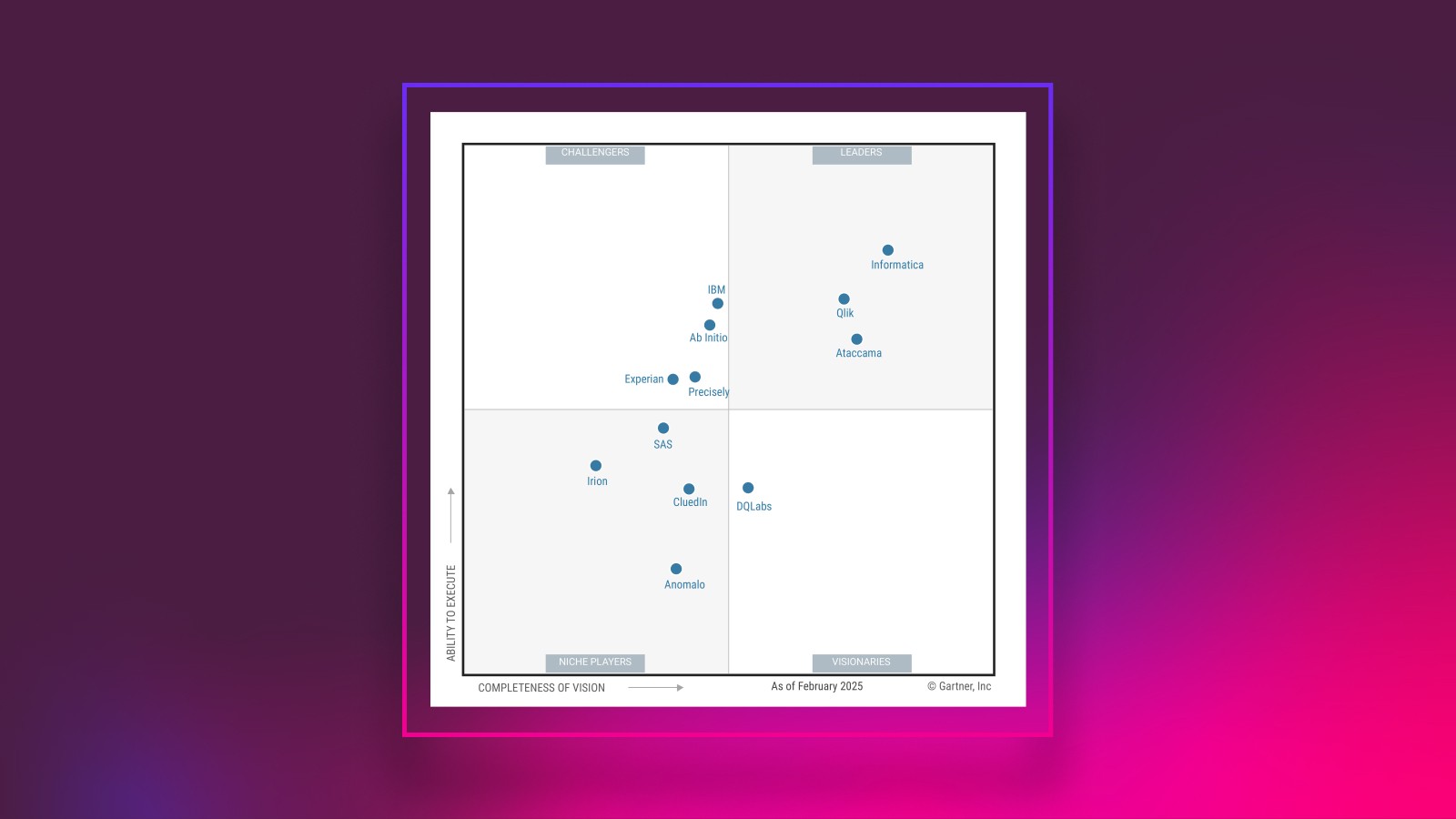What is data visualization?

Data visualization is all about taking raw data and turning it into visuals like charts, graphs, and maps. It simplifies complex information, making it easier to understand and act on. By using colors, shapes, and sizes, data visualization helps you quickly spot patterns, trends, and outliers—without getting bogged down by numbers and spreadsheets. This guide will explore everything you need to know about data visualization, its importance, types, benefits, tools, and how to design data visualizations that resonate with your audience effectively.
Why is data visualization important?
From trends to anomalies, data visualization turns numbers into visual stories to clearly showcase patterns some might otherwise miss. And why is that important? It can help leaders make more informed decisions quickly and confidently.
Different types of data visualization
Data can be shown in a variety of ways. Here are some of the most common types and what they are best for:
1. Charts and Graphs
Charts and graphs are two of the most common ways to visualize data. Simple but effective, they showcase exploratory data analysis, trends, and insights in several forms:
- Bar charts – Useful for comparing quantities across categories.
- Pie charts – Ideal for showing proportions of a whole.
- Line graphs – Best for illustrating changes over time.
- Scatter charts – Useful for showing the relationship between two continuous variables.
- Bubble charts – Similar to scatter charts, but with an additional dimension. The size of each bubble represents a third variable, helping to visualize three data points at once.
- Area charts – Great for showing cumulative totals over time or comparing multiple data series. The area under the line is filled with color to emphasize volume or magnitude.
- Sparkline charts – Miniature line charts that are typically used within a cell of a table to show trends or patterns in a small, compact format without axes or labels. They’re useful for quick, context-rich insights.
2. Infographics
Infographics combine graphics, text, and data to tell a story visually and engagingly. They are perfect for marketing, education, or simplifying complex information into easy-to-digest pieces. Infographics work best when you must present the context and the data together.
3. Dashboards
Dashboards offer a real-time look at key metrics, making them helpful for tracking performance in areas like sales, finance, and marketing. Plus, interactive dashboards let you dig deeper into the data, offering more insights. You can often find them in business intelligence platforms, where data is accumulated and analyzed.
4. Advanced Visualizations
Advanced visuals help you see how different data points are linked and can consist of network diagrams, heat maps, and geospatial maps that are helpful when working with complex data.
Benefits of data visualization
The benefits of data visualization extend beyond aesthetics. Here are some key advantages:
- Makes data easier to understand: Complex data gets transformed into visuals that are much quicker to grasp.
- Improves team communication: Visuals help break down barriers and get everyone on the same page with insights and decisions.
- Turns insights into action: Businesses can jump on data-driven insights faster by spotting patterns visually.
- Keeps audiences engaged: Visuals grab attention, making presentations and reports more enjoyable and easier to remember.
How to design data visualizations that work: Expert tips
Great data visualization is about more than just making things look good—it’s about ensuring your message gets across clearly. Here are some expert tips to help you design visuals that communicate:
- Know your audience and the purpose: Consider who will use the visualization and what decision they need to make from it.
- Pick the correct type of visualization: Different types of data (like time series, categories, or distributions) need different visual formats to make sense of them.
- Ensure your data is clean and accurate: Data quality issues can mislead your audience, so confirm it is correct and error-free. For tips on improving data quality, check out our data quality blog.
- Stick to sound design principles: Keep things simple, avoid clutter, and use color to highlight key points that you want people to notice.
AI and data visualization
The future of AI in data visualization is looking exciting. Augmented reality (AR) visuals are starting to take off, and AI is making things even smoother by automating data cleaning and recommending the best ways to visualize different datasets. With real-time analytics and big data pushing things forward, businesses will be able to act on insights faster than ever before.
Mastering data visualization for better insights
When it comes to data visualizations, the quality of the data behind them is everything. If the data isn’t accurate or reliable, even the best visualizations can lead to misleading insights. That’s where Ataccama steps in. By ensuring your data is clean, consistent, and compliant, Ataccama gives you a solid foundation to build visualizations you can actually trust.
Having trusted data means you’re making decisions based on accurate, actionable insights. It also ensures your visualizations communicate the right message and provide clarity, especially when sharing with others. Plus, with consistent data across the organization, collaboration becomes easier and more efficient.
Ataccama helps ensure your visualizations are based on high-quality data, leading to smarter decisions and minimizing risks. Reach out to us today to get started.
David Lazar
David is the Head of Digital Marketing at Ataccama, bringing eight years of experience in the data industry. He is passionate about technology and helping businesses unlock the full potential of their data.







